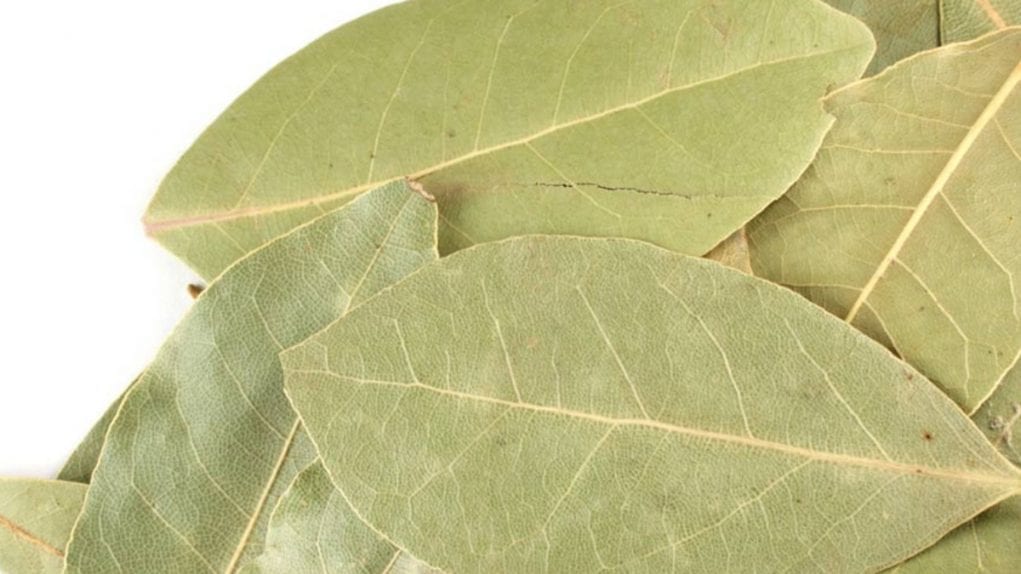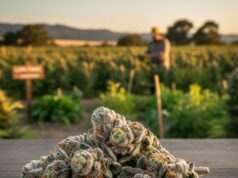Myrcene is the most commonly-found terpene in cannabis
It’s so abundant that it makes up some 65% of some cannabis strains‘ terpene profiles. It is a significant component of essential oils in cannabis. Other plants in which myrcene is found include:
- The Myrcia genus of flowers – its namesake
- Hops – the chief component in beer
- Bay leaves – the same kind used in cooking
- Lemon grass – used in soaps and insect repellent
- Mango – the tropical fruit
- Cardamon – the Indonesian spice
Flavor and aroma:
Myrcene has a hearty, woodsy, earthy smell. Through familiarity in its use in cuisine, it brings to mind baked roasts, cookies or brownies, red wines, and Thanksgiving. Myrcene has a taste reminiscent of peppery balsam, easiest to co-identify in some beers, with some with some wine-like undertones. Neither its taste nor its aroma is very strong except in concentrated quantities.
What it does:
Myrcene is typically found in indica strains with a sedative effect. It is reported as being useful in reducing inflammation and chronic pain. Myrcene contributes to the feeling of a relaxed “body high,” the “couch lock” factor of some cannabis strains. Myrcene is often touted as an essential component of the entourage effect.
In the perfume industry, myrcene is used as an intermediate scent, which means it’s used as a base for a stronger scent to blend with. Since it tends to polymerize quickly in oxygen, it doesn’t linger very long.
Where to find it:
Strains with heavy myrcene include:
- Skunk XL
- White Widow
- Special Kush
- OG Kush
- Remedy
- Grape Ape
Fun facts:
Because the mango fruit shares the myrcene terpene with cannabis, stoner legend has it that eating a mango 45 minutes before smoking marijuana increases the buzz. Now, stoner culture, especially handed down from the Baby Boomer era, tends to be filled with hippie tales like this one, so no one can fault you if you shrugged it off.
But the mango story seems to have a grain of truth to it. Michael Backes, author of Cannabis Pharmacy: The Practical Guide to Medical Marijuana, answers a Vice Dangerous Minds interview: “Myrcene is definitely synergistic with THC, the primary psychoactive constituent of cannabis.” Meaning that large amounts of myrcene in your system lets it absorb THC faster and more efficiently. Other sites seem to concur, though perhaps a mango farmer or two is pushing the idea. It’s still open for debate whether eating a mango is the best way to go about increasing myrcene in the bloodstream.













